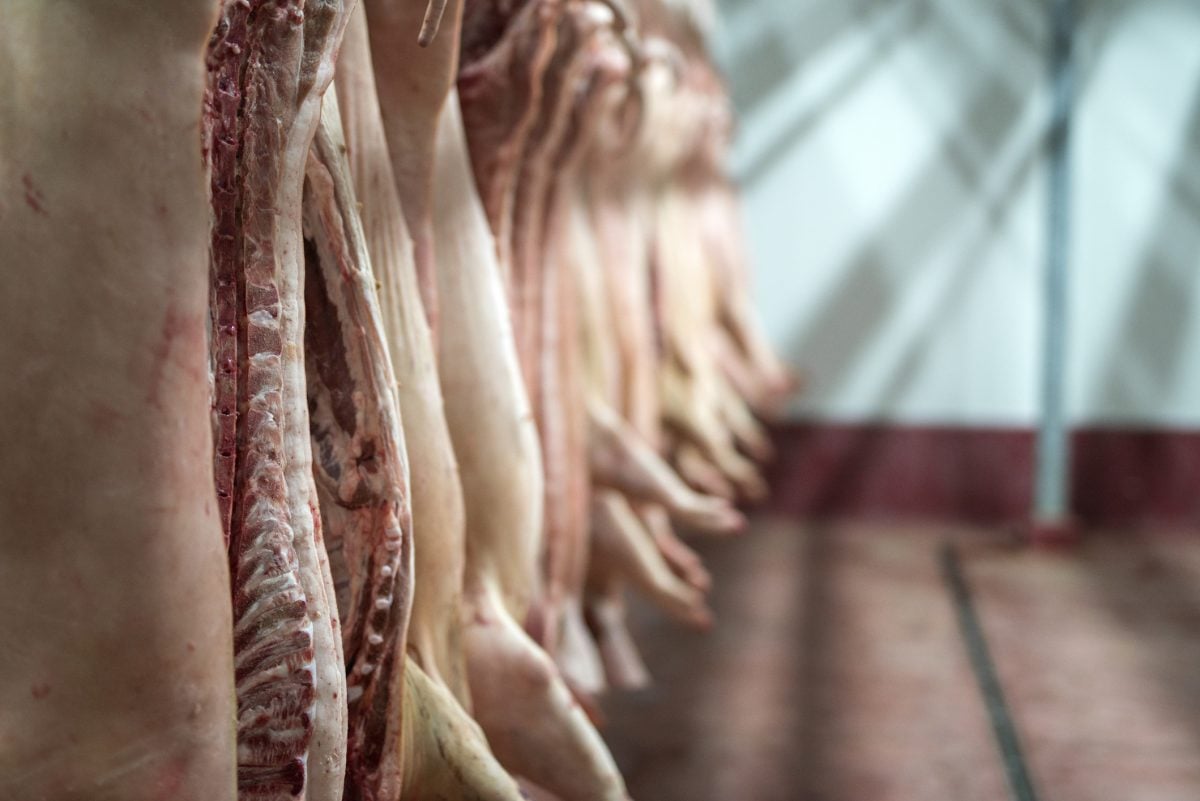Glacier FarmMedia | MarketsFarm — It was a week of scattered showers across the Canadian Prairies and choppy trade for Canadian canola on the Intercontinental Exchange for the week ended July 23.
Despite plenty of rainfall on the Prairies, mainly on the region’s southern half, as well as a stronger Canadian dollar, canola futures gained strength. The November contract rose C$28.10 per tonne at C$698.10, while the January contract jumped C$23.40/tonne at C$708.30 to exceed its 20- and 50-day averages.
Jamie Wilton of RJ O’Brien in Winnipeg said the trade is still trying to determine the production and yield of this year’s crop.
Read Also

U.S. livestock: Cattle slip back, hogs gain
Chicago cattle futures slipped back on Friday after Thursday’s pause. Hog futures crept upward. Most-active December live cattle futures closed…
Agriculture and Agri-Food Canada incorporated Statistics Canada’s latest 2024/25 canola production figure of 19.19 million tonnes in its monthly supply/demand report released on July 21. Also, AAFC adjusted its exports to 9.5 million. New crop canola saw its production estimate trimmed by 200,000 tonnes at 17.8 million with the average yield declining to 2.08 tonnes per hectare.
Ending stocks for old and new crop canola were forecast at 1.1 million tonnes.
“It looks like it’ll be a very tight carryout again this year,” Wilton said, adding that the recent rainfall was “needed.”
“Some of the good (canola) areas received (rain). We’ll have to see what the final production looks like once the combines get rolling.”
Despite the recent rains, he added that there are other factors which are supporting canola at the moment.
“We’re still looking at strong vegetable oil prices, strong biodiesel production and we’ve got a little bit left off soybeans because of the beans’ strength and hot temperatures in the (United States) Midwest,” Wilton said, referring to warmer temperatures in soybean-growing areas of the U.S.
Rain also fell on those areas over the past week and the U.S. Department of Agriculture reported most of the soybean crop was in good to excellent condition.
Wilton also mentioned that biodiesel production gave a lift to vegetable oil prices.
















